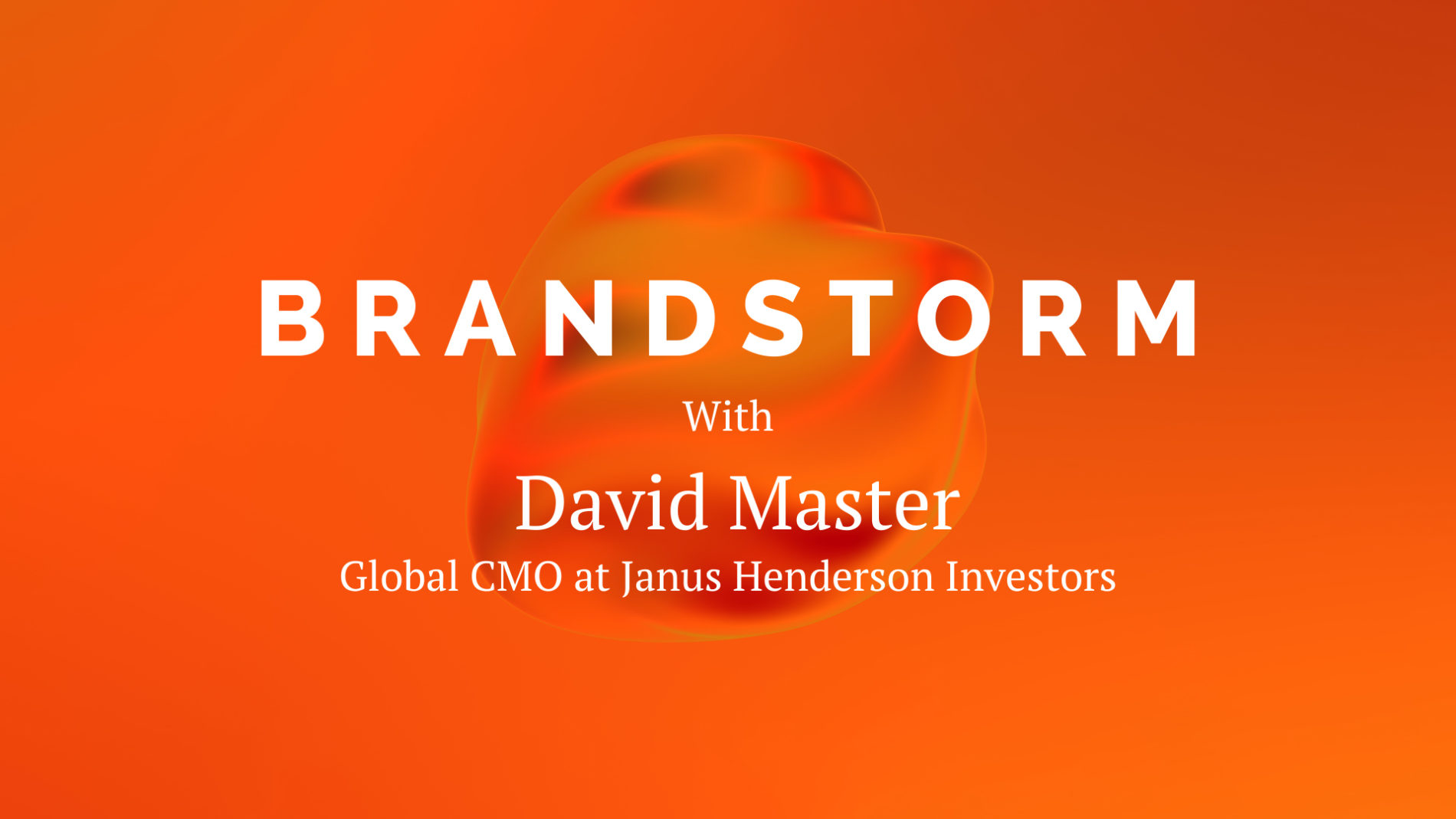With the expectations on investment firms moving away from just how well their funds perform and more towards how their funds and values align to be more socially responsible, firms are having to rethink their approach to both where they invest and what they market to their investors.
We’ve seen a surge in ESG focused campaigns with our clients in the past two years, alongside an increase in open discussions on their CSR and where they invest.
So, as our clients give their investments a rethink and shift, we’ve begun brainstorming ideas on how they can reach the re-toned ears of their target investor audience.

Step 1: Taking accountability
Whilst it’s always important to lead with your best foot when it comes to marketing, another angle is to address your areas of weakness. More and more we see companies discussing their weaker areas and how they plan on improving them. Not only does this show a proactive style towards changes in the market, but it also includes the investor in the journey to improving. Trust drives sales and retention with investors.
People are more likely to trust a brand who aren’t trying to pretend everything is perfect. They appreciate the honesty and subsequently have more faith in the firm, as they are kept in the loop on areas they’re working on for improvement.
For example, in Brown Advisory’s 2020 Sustainability Report, they acknowledge their areas that need improvement and how they will get there. Whilst also taking the opportunity to mention their achieved goals from previous years.
Step 2: Coming up with solutions
Once you’ve highlighted your areas of weakness, the next move is to start taking steps to improve them. Again, bringing the investor along with you in this journey and keeping them up to speed on what you’re doing to progress.
Publicly on the same platforms you discussed your weaknesses, list out what your firm is doing to work on those areas of improvement. There’s no need to go into too much detail, but clearly define the goals and deadline you’re working towards. It’s important to be aspirational, rather than unrealistic in your goals.
For example, Lombard Odier have been extremely open about their efforts towards being more sustainable. Creating the CLIC economy (Circular, Lean, Inclusive and Clean).
Step 3: Actioning the solutions
Once you’ve shared the solutions with your investors, keep them up to speed with your progress, if possible.
Use this as a chance to interact with your audience online, discussing processes, small wins and adjustments. See it as an opportunity once again to bring them along with you in the journey.
For example; Fidelity have openly discussed the measures they use to “keep them on track”, which they have shared on their website and discuss regularly, when appropriate.
Step 4: Reporting back on the success
Finally, the most important step in your marketing campaign to taking accountability for your ESG is to report on the results. This can be done in various different ways, depending on what objectives you’d set as a goal.
Discussing the good that you, and therefore your investor, is doing gives the campaign and overall focus of positive finality beyond performance.
I came across Wheb’s Impact Calculator which allows the investor to calculate the positive impact their investments are having, shown through interactive and engaging graphics. It’s a really fantastic way of both including the investor on your ESG journey, whilst also showing your portfolio to be both socially conscience and thoughtful.




